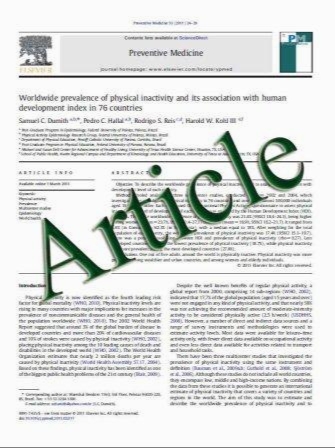Significance of ER–Src axis in hormonal therapy resistance
- نوع فایل : کتاب
- زبان : انگلیسی
- مؤلف : Sreeram Vallabhaneni Binoj C. Nair Valerie Cortez Rambabu Challa Dimple Chakravarty Rajeshwar Rao Tekmal Ratna K. Vadlamudi
- چاپ و سال / کشور: 2010
Description
The estrogen receptor (ER) is implicated in the progression of breast cancer. Despite positive effects of hormonal therapy, initial or acquired resistance to endocrine therapies frequently occurs. Recent studies suggested ERa-coregulator PELP1 and growth factor receptor ErbB2/ HER2 play an essential role in hormonal therapy responsiveness. Src axis couples ERa with HER2 and PELP1, thus representing a new pathway for targeted therapy resistance. To establish the significance of ER–Src axis in PELP1 and HER2 mediated therapy resistance, we have generated model cells that stably express Src-shRNA under conditions of PELP1, HER2 deregulation. Depletion of Src using shRNA substantially reduced E2 mediated activation of Src and MAPK activation in resistant model cells. Pharmacological inhibition of Src using dasatinib, an orally available inhibitor substantially inhibited the growth of therapy resistant MCF7–PELP1, MCF7–HER2, and MCF7–Tam model cells in proliferation assays. In post-menopausal xenograft based studies, treatment with dasatinib significantly inhibited the growth of therapy resistant cells. IHC analysis revealed that the tumors were ERa positive, and dasatinib treated tumors exhibited alterations in Src and MAPK signaling pathways. Combinatorial therapy of tamoxifen with dasatinib showed better therapeutic effect compared to single agent therapy on the growth of therapy resistant PELP1 driven tumors. The results from our study showed that ER–Src axis play an important role in promoting hormonal resistance by protooncogenes such as HER2, PELP1, and blocking this axis prevents the development of hormonal independence in vivo. Since PELP1, HER2, and Src kinase are commonly deregulated in breast cancers, combination therapies using both endocrine agents and dasatinib may have better therapeutic effect by delaying the development of hormonal resistance.
DOI 10.1007/s10549-010-1312-2 Received: 24 September 2010 / Accepted: 13 December 2010


